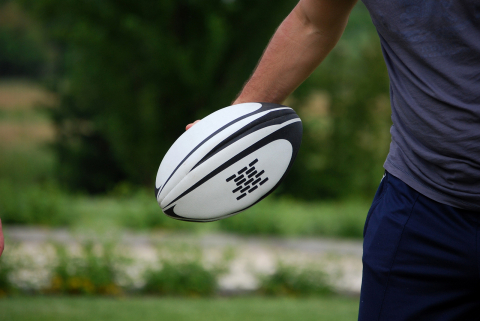As you recover from COVID-19, you might find that you get tired easily or become breathless. This is common after being sick.
You should take it easy as you return to your normal activities. Make sure you:
- get plenty of sleep
- eat well
- rest if you need to
- pace yourself.
If you have any concerns, you should talk to your doctor or healthcare professional.
COVID-19 often spreads through close contact with an infected person when they cough or sneeze. Although less likely, you can also get infected if you touch a contaminated object or surface, then touch your mouth, nose or eyes.
The virus can survive on surfaces for a limited time. But it has a fragile outer membrane making it easy to kill through effective cleaning and disinfection.
Where there has been a confirmed case of COVID-19 indoors within the last 24 hours, the virus is more likely to be found on surfaces. All surfaces should be cleaned and disinfected.
28 days or fewer since a previous infection
If you get COVID-19 symptoms again and it has been 28 days or fewer since a previous infection (either from when you tested positive or you first had symptoms) and:
you are low risk, you do not need to take another test — stay home and recover, until 24 hours after you no longer have symptoms
you have an underlying health condition or have COVID-19-like symptoms that are getting worse, you should seek advice from a health practitioner or Healthline on 0800 358 5453.
29 days or more since a previous infection
If you have COVID-19 symptoms again and it has been 29 days or more since a previous infection, you should take a RAT. If it is positive, you must self-isolate and follow the same advice as for your first infection.
If you have had COVID-19 within the last 28 days, and someone in your household tests positive, you are not considered to be a Household Contact and you do not need to test.
If it has been 29 days or longer since your COVID-19 infection and someone in your household tests positive, then you should test daily for 5 days.
Long COVID describes the symptoms that continue or develop after the initial COVID-19 symptoms. This is usually longer than 12 weeks after a person is first infected.
Most people who get COVID-19 recover from the acute signs and symptoms within 2 to 4 weeks. And they should be back to all activities they were doing before COVID-19 by 12 weeks. However, some people report a range of symptoms beyond the standard time of recovery.
Symptoms of long COVID can persist for weeks or sometimes months. They can include:
- fatigue
- breathlessness
- cough
- sore throat
- chest tightness
- chest pain
- difficulty concentrating, cognitive impairment or 'brain fog'
- difficulty sleeping
- pins and needles
- dizziness
- joint pain
- muscle pain.
For support with the management and treatment of long COVID, seek help from your doctor or healthcare team. COVID-19 healthcare is fully funded for up to 6 weeks from the first day of your symptoms or the day you test positive, whichever is earlier.
You can find more information about long COVID, including more commonly reported symptoms, on the Ministry of Health website:
Even if you have had COVID-19 or are vaccinated, you still need to keep up healthy habits. It is possible to get COVID-19 again.
Having COVID-19 does not provide the same level of immunity as getting vaccinated. We also know that your protection from the primary course of the vaccine decreases over time.
To keep your immunity levels high, stay up to date with your vaccinations — including boosters. This will lower your chances of getting very sick from COVID-19 and ending up in hospital.
You should wait 3 months after testing positive before getting a COVID-19 vaccination.
